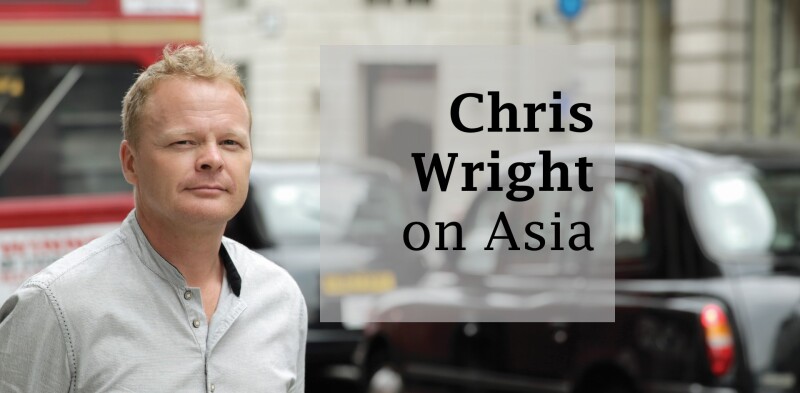
There was an intriguing item in HSBC’s interim results highlights on August 1. The bank reported a total net expected credit losses (ECL) figure of $1.1 billion for the first half, made up of new charges and additional allowances “to reflect heightened economic uncertainty and inflation”; yet it also released most of its remaining Covid-19 reserves.
This raises an interesting question. At what point did credit stress stop being a pandemic issue and start being an unrelated macro issue?

One might argue that they are still one and the same. Credit stress today might not be directly the result of the pandemic – an airline that can’t fly because borders are closed, for example – but it is certainly a consequence of central bank and government largesse that was deployed in order to get through the pandemic.
We might say that we’ve replaced provisions for the pandemic, with provisions for the economic cure. It is perhaps a philosophical point.
“Net net, I think the consequences of the unwind of the previous Covid provisions and updating of new scenarios have basically cancelled each other out this quarter,” HSBC chief financial officer Ewen Stevenson told Euromoney on the earnings call.
